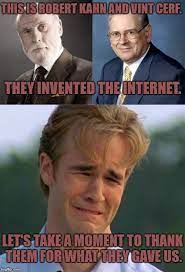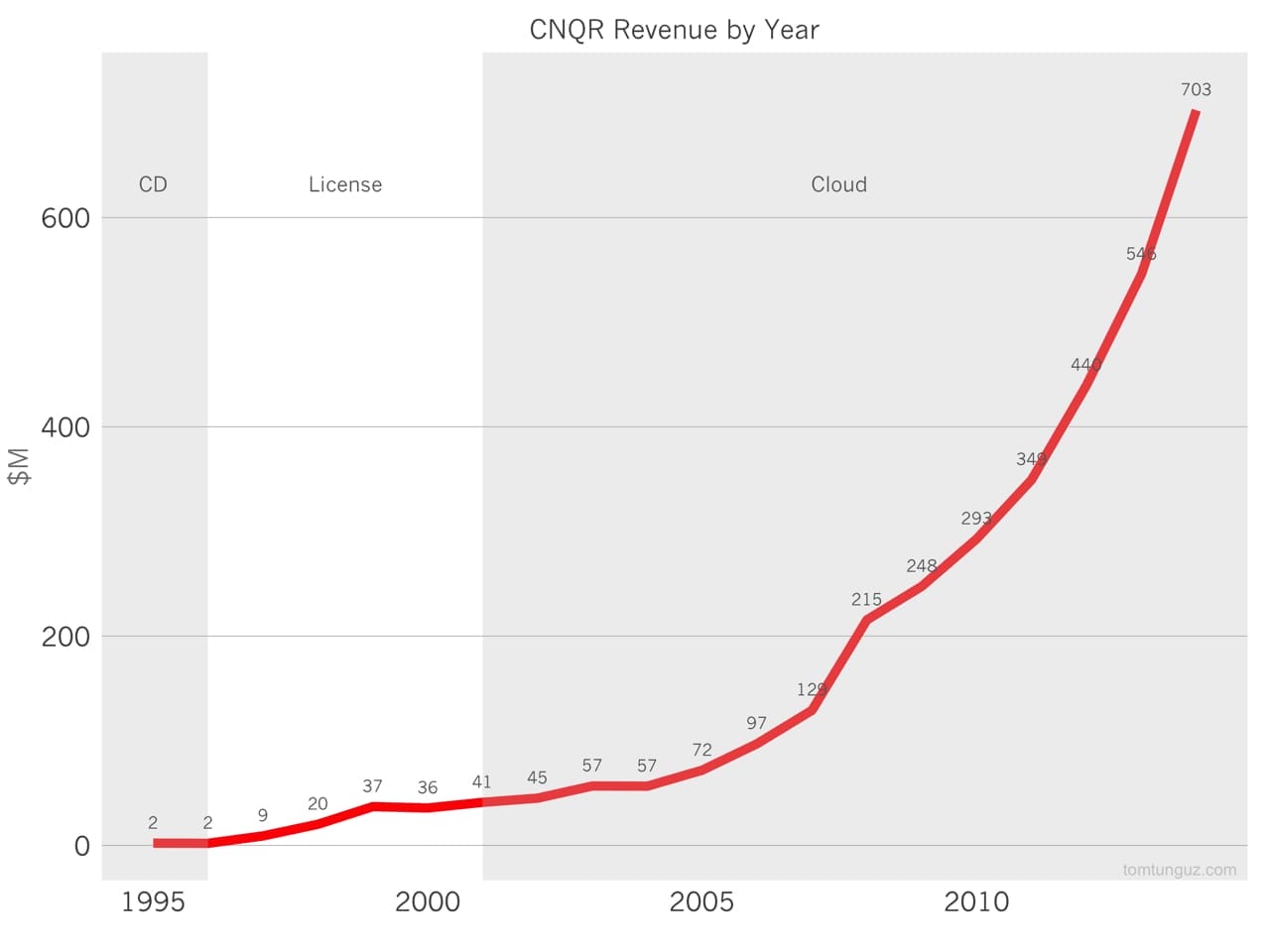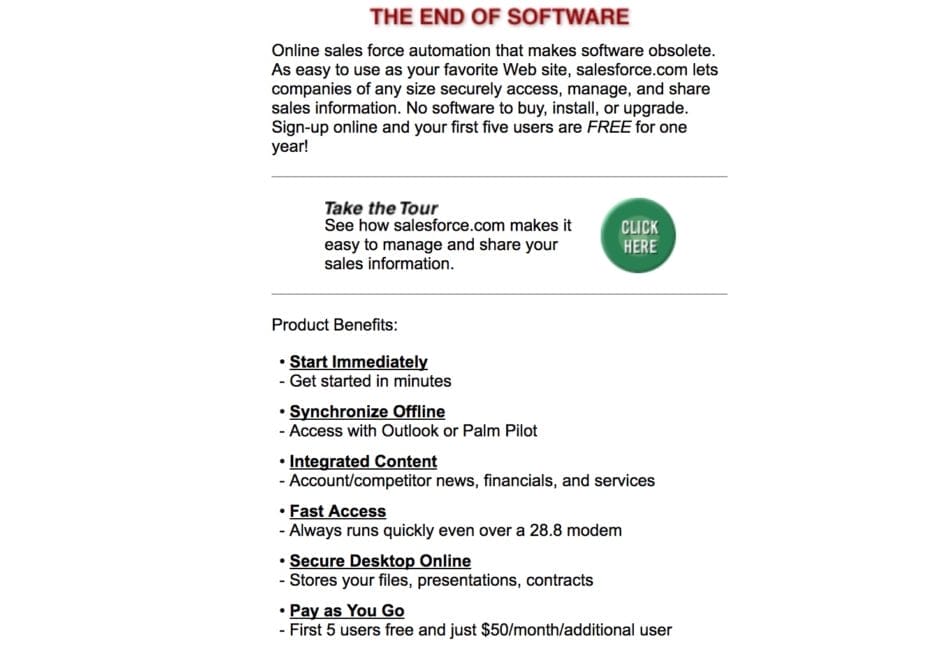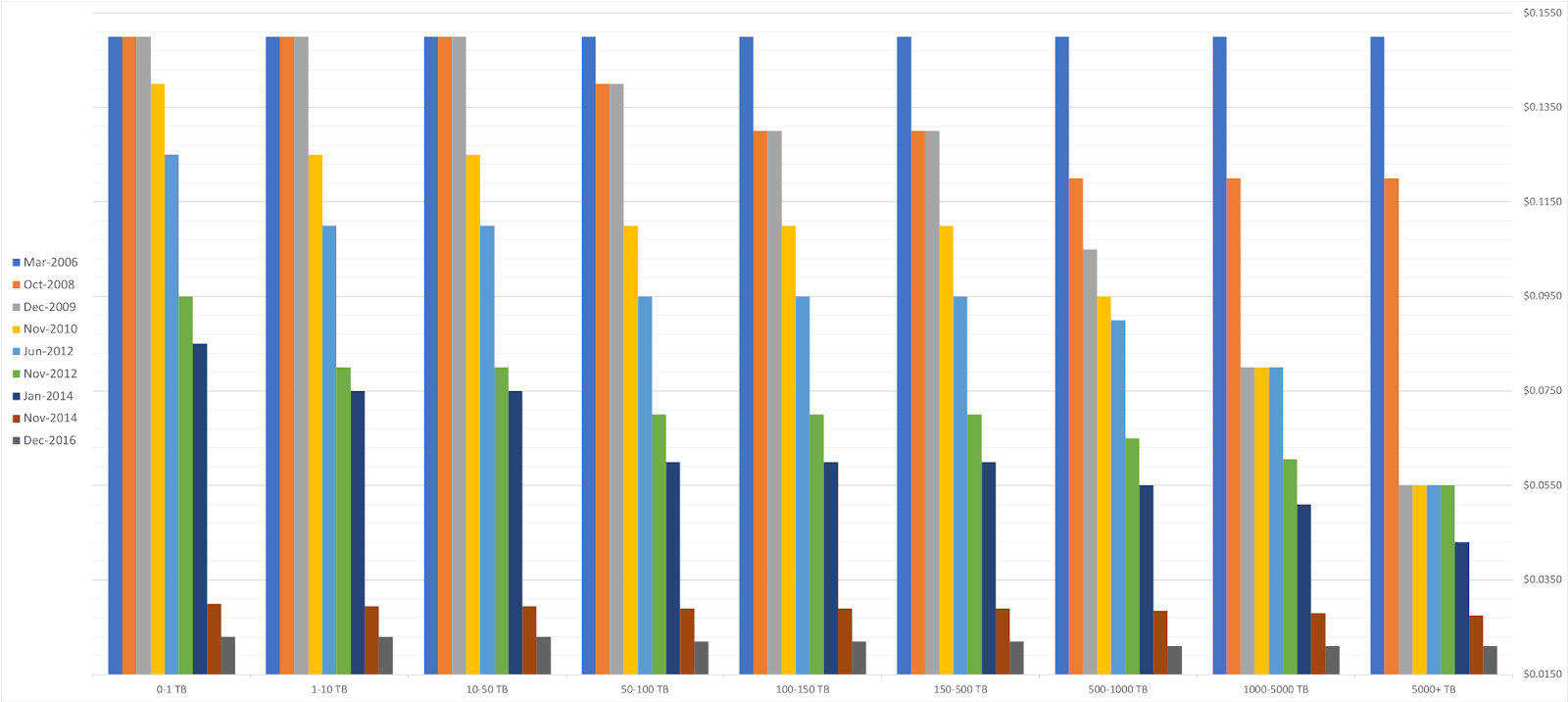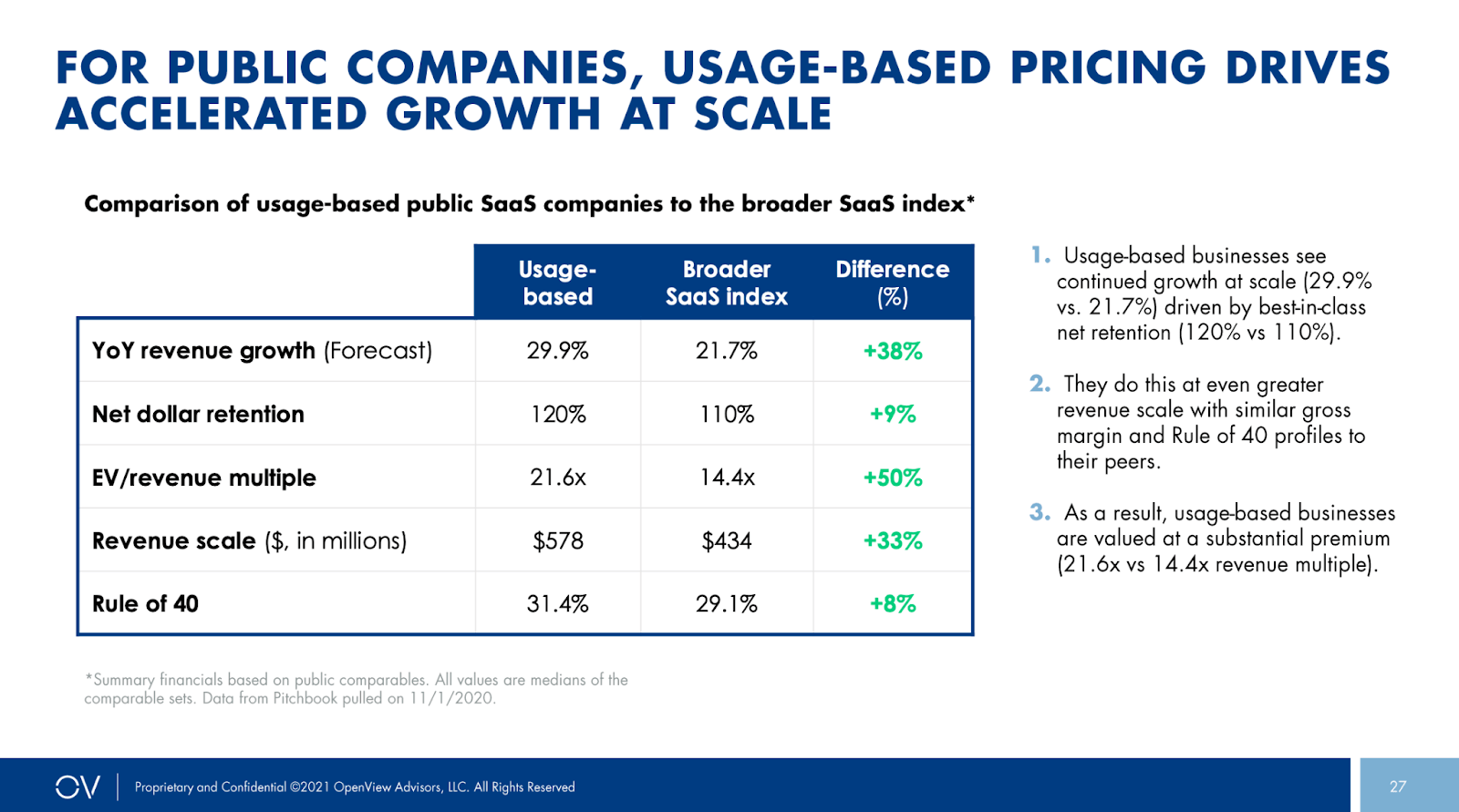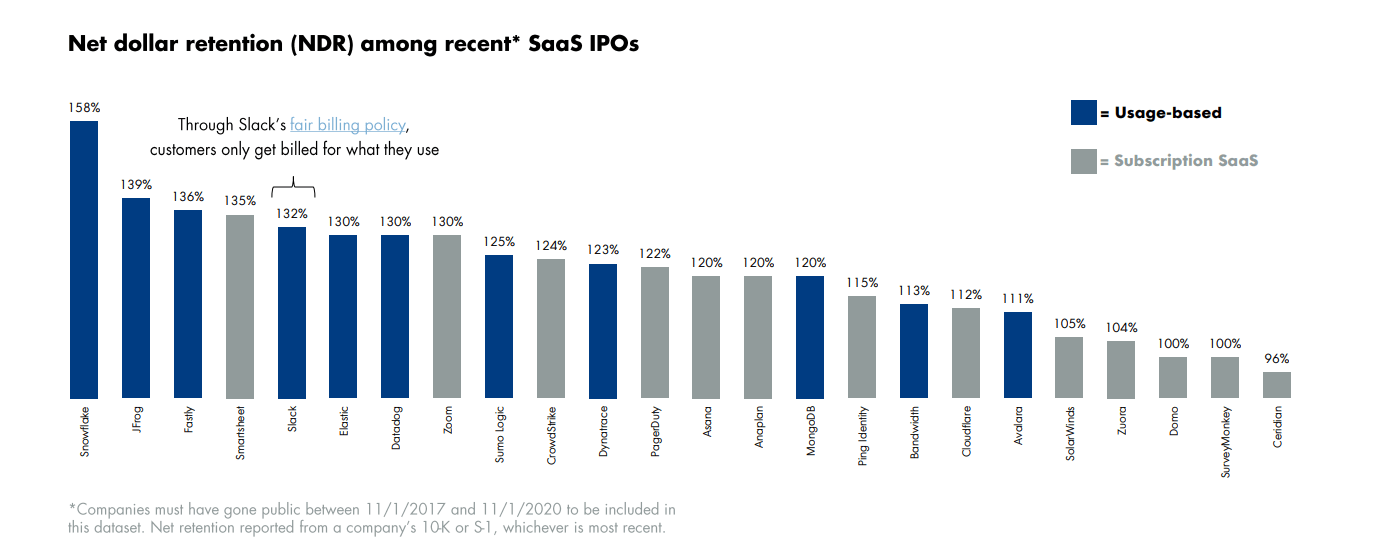TL;DR
- Explore the journey of SaaS Pricing from its inception with time-sharing systems to the current trend of usage-based pricing models.
- See how pivotal moments in internet history and strategic pricing decisions have shaped the success of giants like Salesforce and Microsoft.
- The transition of companies towards customer-centric models reflects a shift in how SaaS pricing aligns with customer usage and value.
- Grasp the significance of pricing in the SaaS industry's evolution, highlighting how it's been a key factor for companies transitioning to the cloud.
- Consider the debate on the future of SaaS Pricing, questioning whether usage-based pricing will dominate as the new standard.
- For businesses reevaluating their SaaS pricing, learn how modern tools can support experimentation with different pricing models to enhance customer satisfaction.
- Metering and pricing infrastructure tools have the potential to enable businesses to experiment with and find the most suitable pricing model.
What is SaaS?
"Pricing is actually pretty simple...Customers will not pay literally a penny more than the true value of the product." - Ron Johnson
Let’s start with the basics! What is SaaS?
It stands for ‘Software as a Service.’
Yet many of us completely forget what this means.
It’s simple - It means these two things:
- Cloud computing came into existence. We moved from an on-premise model to a multi-tenant system. Applications were on the cloud and you could access them from anywhere.
- SaaS is a business model. Companies changed their monetization strategy. From a one-time (hefty) purchase (and countless upgrades) to a seat-based pricing model.
The history of SaaS dates back to the 1960s when mainframe computers were too expensive. MIT invented the concept of the Compatible Time Sharing System (CTSS). Multiple dumb terminals (keyboards and monitors without CPUs) networked with a mainframe. Output was sent from the mainframe to the said terminal. This meant that multiple users could access the computer simultaneously
This enabled mid-sized companies to access the computer in a slightly more cost-effective way.
Around the 1980s-1990s, the prices of computers reached a point where companies could buy multiple computers for each of their employees!
The factor that made this possible was “Price.”
Companies started hosting applications on their LANs and employees connected to the LAN to access these applications.
Time went by.
The Internet — A phenomenon that changes the course of EVERYTHING
The year was 1994 and the world was introduced to a phenomenon called the ‘Internet’. Some debated it to be a farce while some took the leap of faith. Those who chose to embrace it… are multimillionaires and billionaires today (Hello Jeff!). (Amazon and Auction Web (now called eBay) were launched in 1995).
With the advent of the internet, CRMS and Accounting software thrived! Businesses loved paying a fraction of the sum (in opposition to what they would have to pay if they bought the software) to use the software.
This era saw a significant move from on-prem software to the cloud. Cloud meant less maintenance, access from anywhere and all software could be a plug-and-play.
The cloud was viewed as a playground for small companies and startups. No one ever thought that enterprise solutions would ever move to the cloud.
New companies were started, and smart old companies evolved. And an example of this is what we are going to see next.
Concur— Learn, Adapt and Innovate
The smart adapted, and one such company was Concur (founded by Rajeev Singh). Concur started as a packaged expense software company out of an apartment in 1993 that sold their software via floppy disks for $69. Concur got to their first million-selling software on floppy disks. With the internet, Concur pivoted with its model and built a web version of its software.
Their sales exploded!
From $8M they reached north of 25$M in no time.
Rosy times didn’t stick around for long. The company went public. Their stocks skyrocketed. Then the internet bubble burst. The stock of the company came crashing down.
SaaS wasn’t sexy anymore.
Source: https://tomtunguz.com/the-first-saas-company/
Despite this, Concur decided to go all in the ‘Software-as-a-Service’ space…. Whaaat?!
And there was no looking back from there!
The company was acquired by SAP for $8.3 Billion in 2014.
Food for thought: Would the company have succeeded if its pricing model was “selling software vs. subscription”?
I would attribute a huge part of its success to its monetization strategy.
Now, enter Salesforce—the torch-bearer of SaaS
The year was 1999 and Salesforce launched its solution on the cloud. Launching the CRM on the cloud completely eliminated upfront, maintenance, and upgrade costs potentially saving millions of dollars for companies.
Don’t forget that Salesforce started as a ‘SaaS’ company and didn’t shift to it. Salesforce was started with the “goal of making enterprise software as easy to use as a website like Amazon.com”
Salesforce was a different breed altogether, something no one has ever seen. Salesforce’s goal was to make B2B buying as simple as B2C. Robin Grochol in one of his interviews with CIO drive even stated Salesforce wanted to make “enterprise software could be as easy as a consumer buying a book on Amazon,”
Salesforce took controversial stands saying their model was “The end of software”.
Salesforce wanted to make ‘CRM’ synonymous with ‘Salesforce’ and they did!
Salesforce went public in 2004 and of course, the rest is history! (Their market cap is around $56 billion) .
Salesforce took advantage of the internet and more importantly “pricing”. Pricing played an anchor role in setting up Salesforce for success.
Also Read: Make pricing an important growth lever for your SaaS business
The reason behind Salesforce’s success
Embracing the cloud was one of the main reasons why Salesforce grew to become the giant that they are today. Another very important reason is their pricing. Back in the day, there weren’t many CRMs, and the only competition Salesforce had was Oracle and SAP. These companies charged a hefty fee for the software and upgrades they provided. Salesforce disrupted with their pricing. Their pricing was rather simple—it was seat-based pricing, which was unique back then. Also…the upgrades were free!
Food for thought: “Would Salesforce have been as successful if they didn’t launch as a SaaS platform and innovate with pricing?”
Next up — Microsoft
As we all know - One had to “buy” (software in a box) Microsoft Office and it was expensive. The upgrades were worse. One of the reasons attributed to the spike in pirated copies (this was prevalent in developing countries and so much in developed countries) was their “price point” (which Microsoft was aware of). In 2011, Microsoft played a master-stroke! They launched Office 365, a cloud version of Microsoft Office. Microsoft had decided that the future is in the cloud and that’s where they had to be in order to thrive! Ever since, there has been no looking back for Microsoft. Microsoft’s revenue in 2022 stood at $198 Billion, the largest source of Microsoft’s revenue was Office, with $44.9 billion (23% of the total).
Source: https://www.kamilfranek.com/microsoft-revenue-breakdown/
Driving innovation to the cloud has been the key to Microsoft’s success. “Pricing” has been another factor that one simply cannot discount.
AWS — Pioneer of cloud computing
One cannot write an article on SaaS pricing and ignore AWS! AWS launched its services (S3 - Simple Storage Device) to the world in 2006. S3 was scalable, cheap, and available online to any developer across the globe.
The world went bonkers! Developers felt like how children felt at a candy store.
"Amazon was putting infinite disk space in the hands of every startup at an incredibly low and pay-for-what-you-need price point, there was nothing like that”
Alvarez (Founder, Filmmaker Live)
AWS made a strategic decision to charge based on usage…right from the start!
This meant EVERYONE could use AWS. Startups like Airbnb, Pinterest, and Stripe (all of them!) immediately set up accounts with AWS. “Pricing” was not a barrier to using AWS.
Of course, Amazon continued to innovate and launched EC2 a few months later.
But one thing Amazon did exceptionally well is tweaking and making necessary pricing changes regularly.
AWS (S3) - Historical pricing data | (source: https://www.stayclassyinternet.com/articles/investigating-AWS-pricing-over-time/)
Amazon has even laid out its pricing framework in its ‘pricing overview paper’. They mention, “While the number and types of services offered by AWS have increased dramatically, our philosophy on pricing has not changed. You pay as you go, pay for what you use, pay less as you use more, and pay even less when you reserve capacity. Projecting costs for a use case, such as web application hosting, can be challenging because a solution typically uses multiple features across multiple AWS products, which in turn means there are more factors and purchase options to consider.” You can read the full paper here.
Was it innovation or just price that made companies like Concur, Salesforce, AWS, and Microsoft runaway successes?
I think it's a fair share of both.
Now, it begs the following question.
What is the way forward for the pricing model for SaaS companies? Will Usage-Based Pricing be what SaaS was in 2000?
Debatable!
I think SaaS pricing is broken today. We’ve reached the saturation point and it's time to move ahead.
Companies today are only pricing based on two parameters:
- Competitor-based pricing
- Cost plus model.
If you’re looking to read an article on how a mature company should go about pricing, read away here.
We are in the Product-Led-Growth era. The customer is the King…Emperor. Every aspect of your product from onboarding to upgrades revolves around the customer.
But the most important aspect— “PRICING” is not customer-centric! The customer has no choice but to pay, irrespective of whether they use the product or not!
Why?
Companies have started to embrace change and are moving into usage-based pricing. Companies have also started to realize the fruits of moving to this model.
Here are some facts on how Usage-based pricing is actually proving to be the preferred monetization model by investors and customers! (source: our very own OpenView Partners)
- 45% of SaaS companies as they have usage-based pricing
- Around 61% of the companies that are not charging based on usage intend on trying the same in the near future.
- Companies' pricing based on usage is valued at a 21.6x vs. 14.4x revenue multiple.
- Publicly traded SaaS companies with the best NDR (Net Dollar Retention) also have a usage-based model.
- Nearly half of the SaaS-based companies say they’ve adopted usage-based pricing
- Usage-based pricing has proved to drive accelerated growth at scale for public companies
If you are looking to revisit your pricing, then Togai is here to help. We are an end-to-end metering and pricing infrastructure that businesses can leverage to experiment with pricing and launch any model that best suits you and your customers. If you are curious and would like to take a look, sign up here. Or you can schedule a demo!

